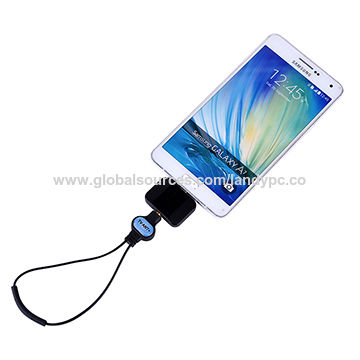

Broadcasting audio and video to mobile devices inherently requires more robust (forgiving) technology because of varying receive conditions and compromised antennas.Ĭhannel bonding, or the ability to combine data from more than one transmitter and operate it as if it was one higher capacity station. Users can even create a multi-format radio service, for example. They can also get near real-time analytics of how and by whom content is used.įlexible transmission, replacing the current single data rate with the option of using a high-capacity standard like 256-QAM for transmitting 4K UHD video while simultaneously using less capacious but more robust approaches for less demanding video and mobile programming. By monitoring usage of the apps, programmers can tailor content recommendations and fundraising appeals geographically or by user. Viewers can subscribe to “early warning” messages about upcoming programs. It can also send VOD to the main receiver on an internet-enabled “smart TV.” Apps can provide news, weather, sports, audio channels, social media, “push VOD,” quizzes, emergency information (through the Advanced Warning and Response Network, for example) and “companion apps” (think Roku).įor broadcasters, ATSC offers several advantages, including:Īddressability, which provides powerful tools for development and underwriting messages.
#Atsc 3.0 tuners for pc Pc#
“Pledge now at the $120 level and download this program to your internet-connected device instantly.”īecause there is a return path via the internet, viewers can order “catch-up” (allowing access to recorded versions of live programs missed in, say, the past week) and video-on-demand (VOD) services to be sent to their tablet, PC or phone. Imagine adopting a pledge pitch like this: They can also display fundraising appeals. Public broadcasters might use these apps to display a media-rich program guide providing to access to a radio or television stream and supplementary programming information. It operates through apps (written in standard HTML5) on your main screen. Its latest version, incorporated in ATSC 3.0 and called the Interactive Environment, is already in use in more than two dozen countries and all the major set manufacturers are building it into their receivers. In Europe and elsewhere in the world, a “hybrid broadcast-broadband” open standard called HbbTV - possibly the world’s worst acronym - has been developed by another consortium. However, its interactive services are, in my view, the most exciting capability. It also enables geeky features like high frame rate, wide color gamut (richer, more saturated colors) and immersive audio. Its 4K Ultra High Definition resolution and high dynamic range (whiter whites and blacker blacks), are enhancements that many observers think will have the biggest consumer appeal.

Mark Richer, president of the ATSC, has said we should think of it “as a high power-high tower nationwide IP network.”ĪTSC 3.0’s enhanced video and audio capabilities initially received the most attention. This makes it as potentially important to “over-the-top” media distribution as it is to broadcast television. What can it do?ĪTSC 3.0 has turned out to be a multimedia standard that’s capable of providing television, radio and digital content. The percentage of exclusive OTA viewing varies by market from 3 percent to 32 percent, but collectively these homes have the combined size of the New York and Los Angeles designated market areas. from 9 to 11 percent of television households, a total of about 12.5 million households in all. According to Nielsen, in the last couple of years, cord-cutting has increased exclusive over-the-air viewing in the U.S. Over-the-air viewing is still important to millions of Americans. It also offers unparalleled video and audio quality. Unlike all preceding television standards, this one will affect far more than television, providing over-the-air audiences with options for using the internet and smart home receiver systems that can distribute to any device in the home. A new digital television standard, featuring interactive services and enhanced video and audio capabilities, will be released next year, thanks to the work of an industry-wide collaborative led by the Advanced Television Systems Committee (ATSC).


 0 kommentar(er)
0 kommentar(er)
